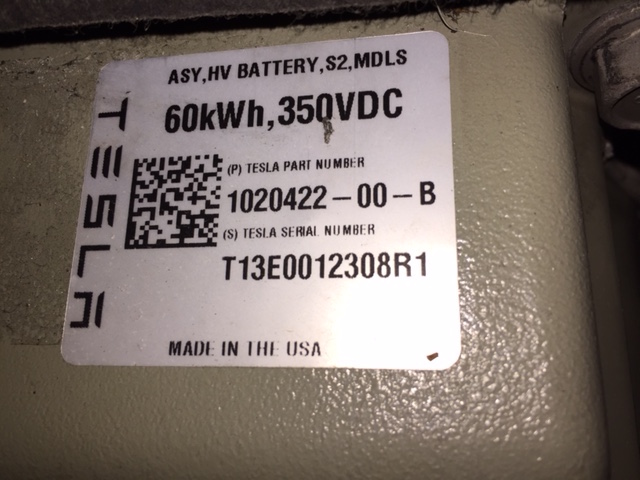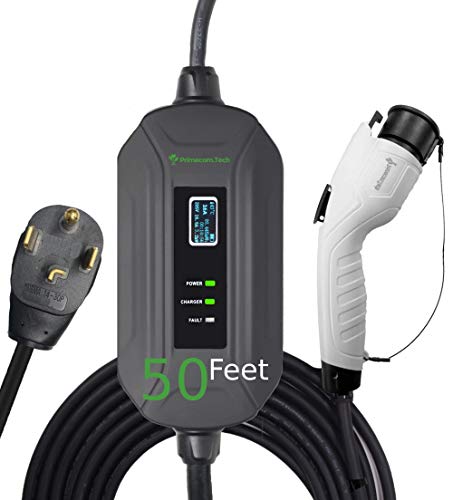Hi all,
Is the motor in the RAV4 EV the same in terms of power/size spec as the Model S 40? I was looking through wikipedia and the numbers look different. Do we have a smaller electric motor?
Even the battery power out put of the Model S 40 is greater than that of the RAV4 EV's 41.8 KWh battery pack (46 KWh more). Is it safe to say that even though it is a software limited 60KWh pack it is limited to run @ higher than a 41.8 KWh pack? and thus would also have more range available than a true 41.8 KWh pack?
Someone speculates 43.2 kWh from https://forums.tesla.com/forum/forums/40-kwh-why-supercharger-access-denied
Also, I see that sport changes torque output, but I can't find if it changes HP output also. Does anyone know if HP is changed in SPORT? if so... by how much?
Rav4 EV:
Model S 40 Kwh:
Model S 60 Kwh:
Here is the sticker that is on a 40 model S. It does say 60 kwh and some interesting quotes on how the 40 model S handles rated range and to how much it is able to be charged? Apparently 68% and never 100%? Wouldn't this affect performance due to voltage power? I think you get more power @ 100% charge?
https://teslamotorsclub.com/tmc/threads/poll-on-40kw-battery-actual-rated-range-vs-age-miles-of-car.57909/

Is the motor in the RAV4 EV the same in terms of power/size spec as the Model S 40? I was looking through wikipedia and the numbers look different. Do we have a smaller electric motor?
Even the battery power out put of the Model S 40 is greater than that of the RAV4 EV's 41.8 KWh battery pack (46 KWh more). Is it safe to say that even though it is a software limited 60KWh pack it is limited to run @ higher than a 41.8 KWh pack? and thus would also have more range available than a true 41.8 KWh pack?
Someone speculates 43.2 kWh from https://forums.tesla.com/forum/forums/40-kwh-why-supercharger-access-denied
Also, I see that sport changes torque output, but I can't find if it changes HP output also. Does anyone know if HP is changed in SPORT? if so... by how much?
Rav4 EV:
Peak power output of the motor is 115 kW (154 hp), with peak torque in normal mode of 296 N·m (220 ft·lb), and peak torque in sport mode of 370 N·m (270 ft·lb).
The battery pack is a 386V lithium-ion battery pack comprising about 4,500 cells and rated at 41.8 kW·h of usable energy at full charge, with a maximum power output of 129 kW.
Model S 40 Kwh:
Max. power, Motor 382 hp 285 kW
Max. power, Battery: 235 hp 175 kW
Max. torque 317 lb·ft 430 N·m
Model S 60 Kwh:
Max. power, Motor: 382 hp 285 kW
Max. power, Battery: 302 hp 225 kW
Max. torque 317 lb·ft 430 N·m
Here is the sticker that is on a 40 model S. It does say 60 kwh and some interesting quotes on how the 40 model S handles rated range and to how much it is able to be charged? Apparently 68% and never 100%? Wouldn't this affect performance due to voltage power? I think you get more power @ 100% charge?
https://teslamotorsclub.com/tmc/threads/poll-on-40kw-battery-actual-rated-range-vs-age-miles-of-car.57909/
The pack voltage is the same and Tesla actually allows all the "60" current to be used so the car performs like a "60." They just software limit the (artificial) capacity
The best way to determin you actual available juice is to fully charge, then drive till it stops or thereabouts (20kw limiter)
All else is guesswork
For the 40KW, it works the other way around, the top 32% is unavailable. The car charges from 0% to 68%. The S40 can't fully charge to balance since it stops at ~68%.
Take your car into the service center. When I was talking about battery degradation with the local techs, they said for 40's if you bring your car in, they will turn off the software limit, do a full range charge to balance it out, and then turn the limit back on. They said this almost always brings the range back.
Update: I'm back to 128 miles capacity. Problem was two fold - first a new battery tookk time for computer compute capacity and second, when they instlled the new battery they turned back on the charge limiter that didn't allow it to get to 100%. When I let it go to full 100%, it went up quite a bit.
Dave


































